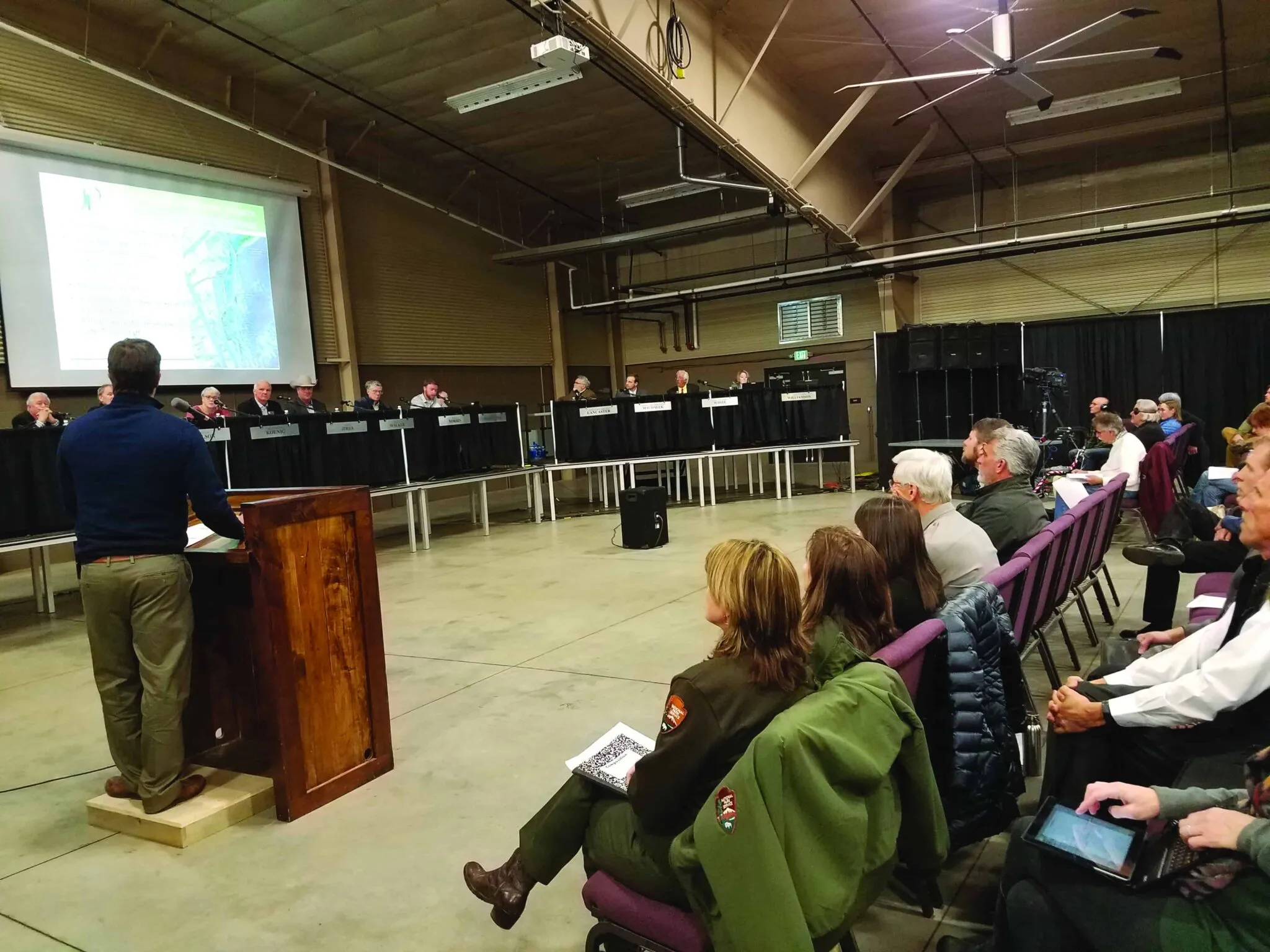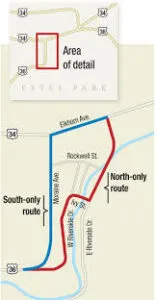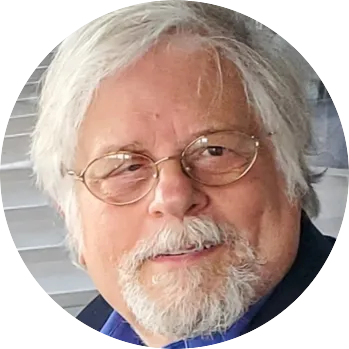Green light for Estes’ downtown loop
Bitter division marked plan to ease traffic through tourist town

 ESTES PARK — In a decision that reflected the often bitter debate that has gripped this mountain tourist village for several years, a sharply divided Estes Park Board of Trustees has voted to go ahead with a controversial $17 million plan to turn parts of three downtown streets into a one-way loop to ease summer traffic congestion and aid visitor access to Rocky Mountain National Park.
ESTES PARK — In a decision that reflected the often bitter debate that has gripped this mountain tourist village for several years, a sharply divided Estes Park Board of Trustees has voted to go ahead with a controversial $17 million plan to turn parts of three downtown streets into a one-way loop to ease summer traffic congestion and aid visitor access to Rocky Mountain National Park.
The final 4-3 vote on Nov. 30 followed two other 4-3 decisions — one to concur with…
THIS ARTICLE IS FOR SUBSCRIBERS ONLY
Continue reading for less than $3 per week!
Get a month of award-winning local business news, trends and insights
Access award-winning content today!

